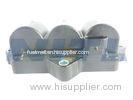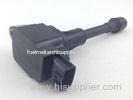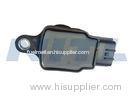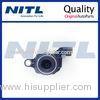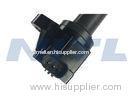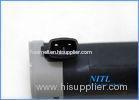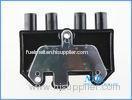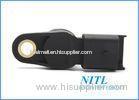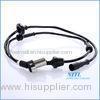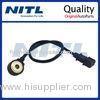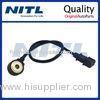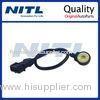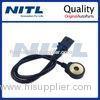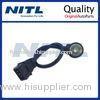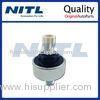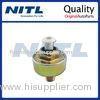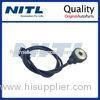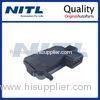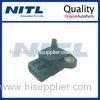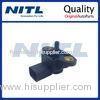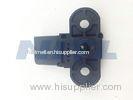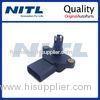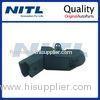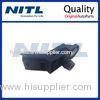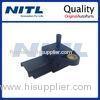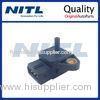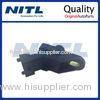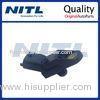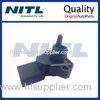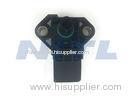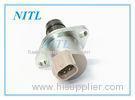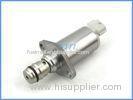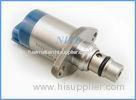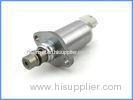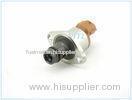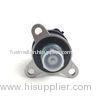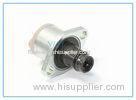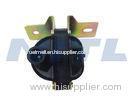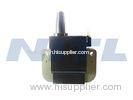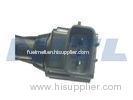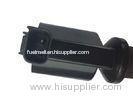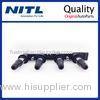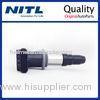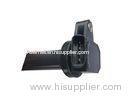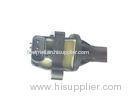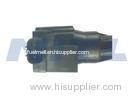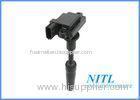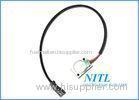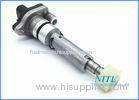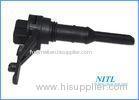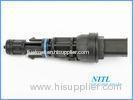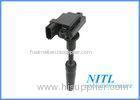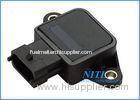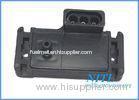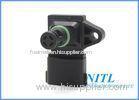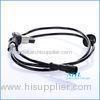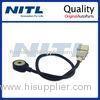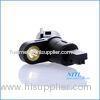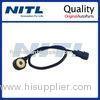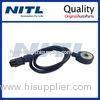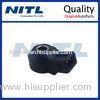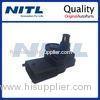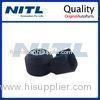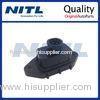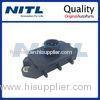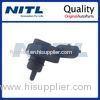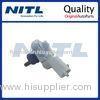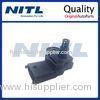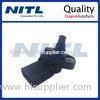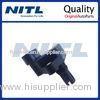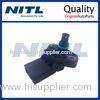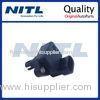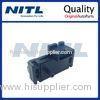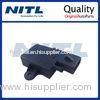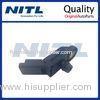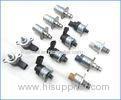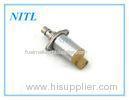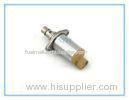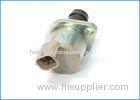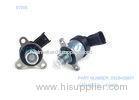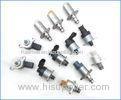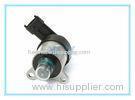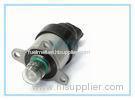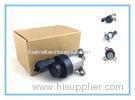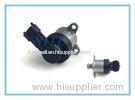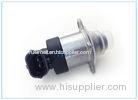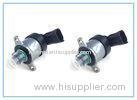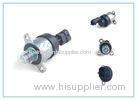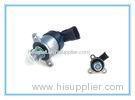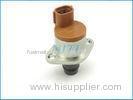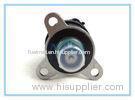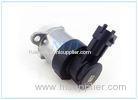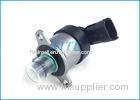|
RUIAN SIDELCO VEHICLE PARTS CO.,LTD
|
Gold Index: 9581
Common Rail Engine Diesel Suction Control Valve 294200-0360 / 294 200 0360
| Place of Origin: | Guangdong, China (Mainland) |
|
|
|
| Add to My Favorites | |
| HiSupplier Escrow |
Product Detail
Common Rail Engine Diesel Suction Control Valve 294200-0360 / 294 200 0360
<
Common Rail Engine Diesel Suction Control Valve 294200-0360 / 294 200 0360
A.Basic Operation
EFI fuel pressure regulators come in various shapes and sizes but their purpose is the same- to hold the fuel pressure at a certain differential above the intake manifold pressure. The inner mechanism usually consists of a sealed diaphram chamber, a spring, a diaphram, bypass valve and a manifold pressure reference port. The valve is connected to the diaphram and the spring pushes against the diaphram from the manifold pressure side. The spring pressure determines the static fuel pressure. If there is vacuum on the port, say at idle, this reduces the effective spring pressure acting on the diaphram and reduces the fuel pressure under vacuum conditions. If there is pressure on the port, such as under boost, this effectively increases the spring pressure, thus fuel pressure. Most OE regulators use a one to one ratio. At one psi of boost, it would add one psi of fuel pressure. This way there is always a constant pressure differential across the fuel injector. Most regulators have a static pressure of between 38 and 44 psi.
The fuel pump always puts out an excess of fuel volume. The regulator controls the pressure in the fuel rail by bypassing any fuel not used by the engine back to the fuel tank once the control pressure is met. At idle, perhaps 95% of the fuel delivered to the fuel rail is returned to the tank. At full power, perhaps 5% to 50% of the fuel delivered is returned back to the tank. Fuel is generally routed from the pump to one end of the fuel rail which feeds the injectors. The regulator is usually mounted on the opposite end of the rail. This arrangement allows any hot fuel in the rail to be immediately purged back to the tank after a hot start to reduce vapor lock and fuel boiling. A similar arrangement should be used if you are fabricating your own fuel system.
B. Description
THE VALVE IS COMPATIBLE WITH THE FOLLOWING DENSO FUEL INJECTION PUMPS:
|
294000-0237 |
294000-0412 |
294000-0654 |
|
294000-033# |
294000-042# |
294000-066# |
|
294000-0330 |
294000-0424 |
294000-0662 |
|
294000-0331 |
294000-0501 |
294000-0690 |
|
294000-0332 |
294000-0502 |
294000-0750 |
|
294000-0333 |
294000-0503 |
294000-0763 |
|
294000-0334 |
294000-0532 |
294000-0770 |
|
294000-034# |
294000-0560 |
294000-0782 |
|
294000-0342 |
294000-0581 |
294000-0840 |
|
294000-0400 |
294000-062# |
294000-095# |
|
294000-0402 |
294000-0621 |
294000-04047 |
|
294000-023# |
294000-041# |
294000-0640 |
C.Competitive Advantage
|
STRENGTH |
ANALYSIS |
|
COMPETITIVE PRICE |
1. Stable Supply Chain. 2. Powerful relationship with our Business Partner. 3. Strong Market Position in China. 4. High-efficiency production team and Sales Department. 5. Increasingly Expanding Marketing Network. |
|
EXCELLENT QUALITY |
1. Selected superior material. 2. Strict production management according to TS16949. 3. Rigorous quality inspection. 4. Mature Material Supply Chain. 5. Strict Quality Control Department. |
D.Maintenance Method
Relieving Pressure with the Fuel Pressure Regulator
Disconnect the negative battery cable using a wrench. This will prevent sparks, which could ignite fuel and fuel vapors.
Locate the fuel pressure regulator on the fuel rail. The rail is mounted along the top area of the engine. Make sure the regulator is vacuum operated.
With your hand, remove the vacuum hose from the top of the fuel pressure regulator.
Connect a hand-operated vacuum pump to the top of the pressure regulator.
Apply about 16-inches Hg of vacuum to the regulator to push the fuel in the lines back into the fuel tank.
E. Puzzling
1. Q: “I can’t get my fuel pressure down low enough…..”
A: Fuel pressure regulators are nothing more than a restriction in the fuel line- like your thumb over the end of the garden hose. The harder you press your thumb down, the higher the pressure in the hose (your fuel line) gets before the water sprays out (your return line). If you have fuel pressure that is too high, there’s one of two problems. You either have a regulator that is undersized for your application or you have a restriction in the return line. Our regulators come in a number of different configurations. One of the main differences is the size of the return seat/orifice. The return seat size is more or less what decides how much fuel the regulator can bypass (return). If you have a rather large pump(s), but you’re trying to use our mini regulator, you’re going to experience an issue where you can’t get your pressure down low enough. The return orifice of the regulator is simply too small to bypass enough fuel to keep the pressure down. If this is the case, you need to switch to a regulator that matches your flow needs. The other potential problem is a restriction in the return line (usually the issue). This can be caused by several things- the return line size is too small, drilled 90* fittings/sharp bends, restrictive fittings inside a factory fuel pump mo
Related Search
Find more related products in following catalogs on Hisupplier.com
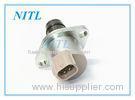
Company Info
RUIAN SIDELCO VEHICLE PARTS CO.,LTD [China (Mainland)]
Business Type:Manufacturer
City: Chaozhou
Province/State: Guangdong
Country/Region: China (Mainland)



